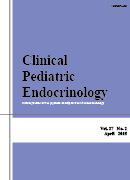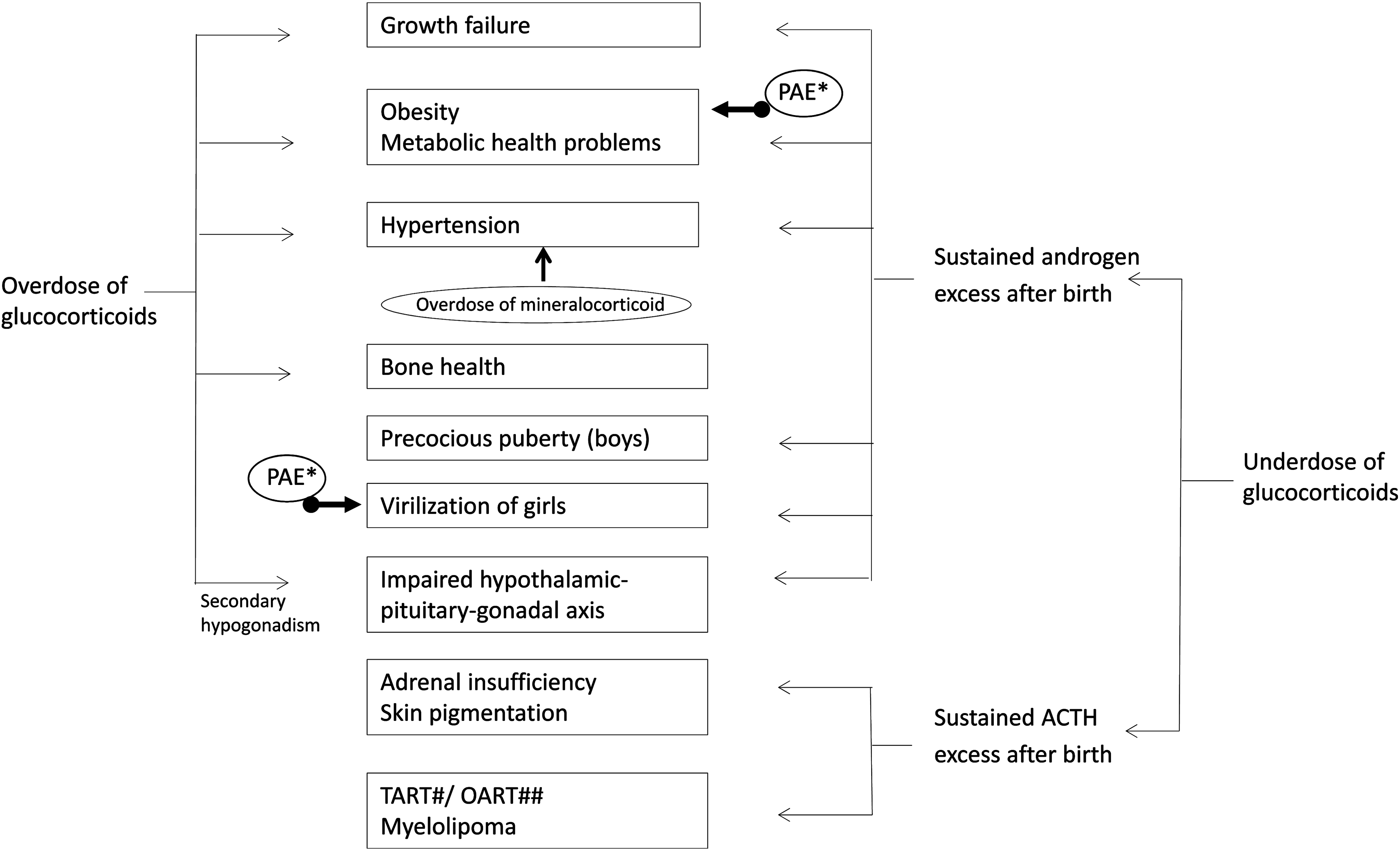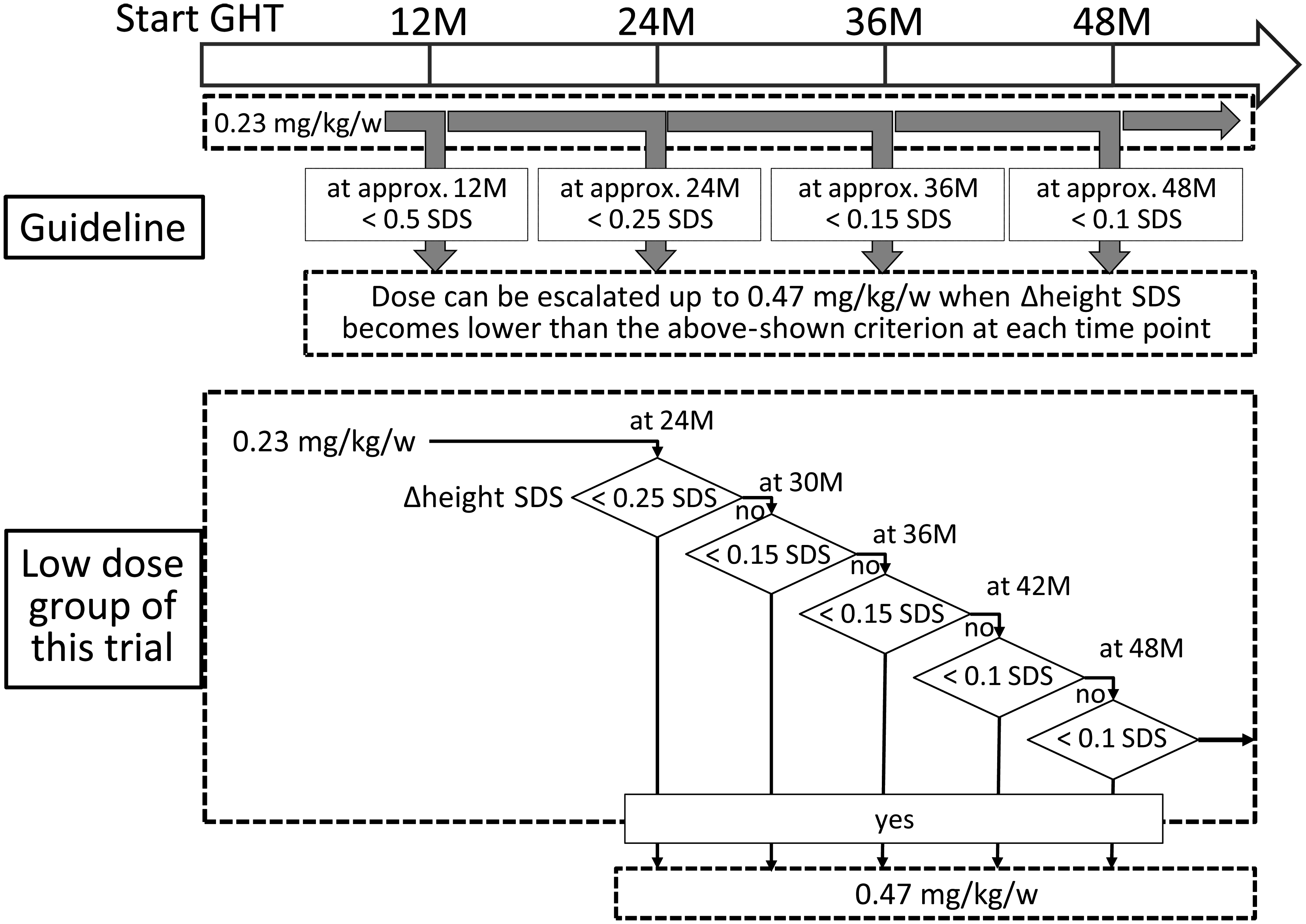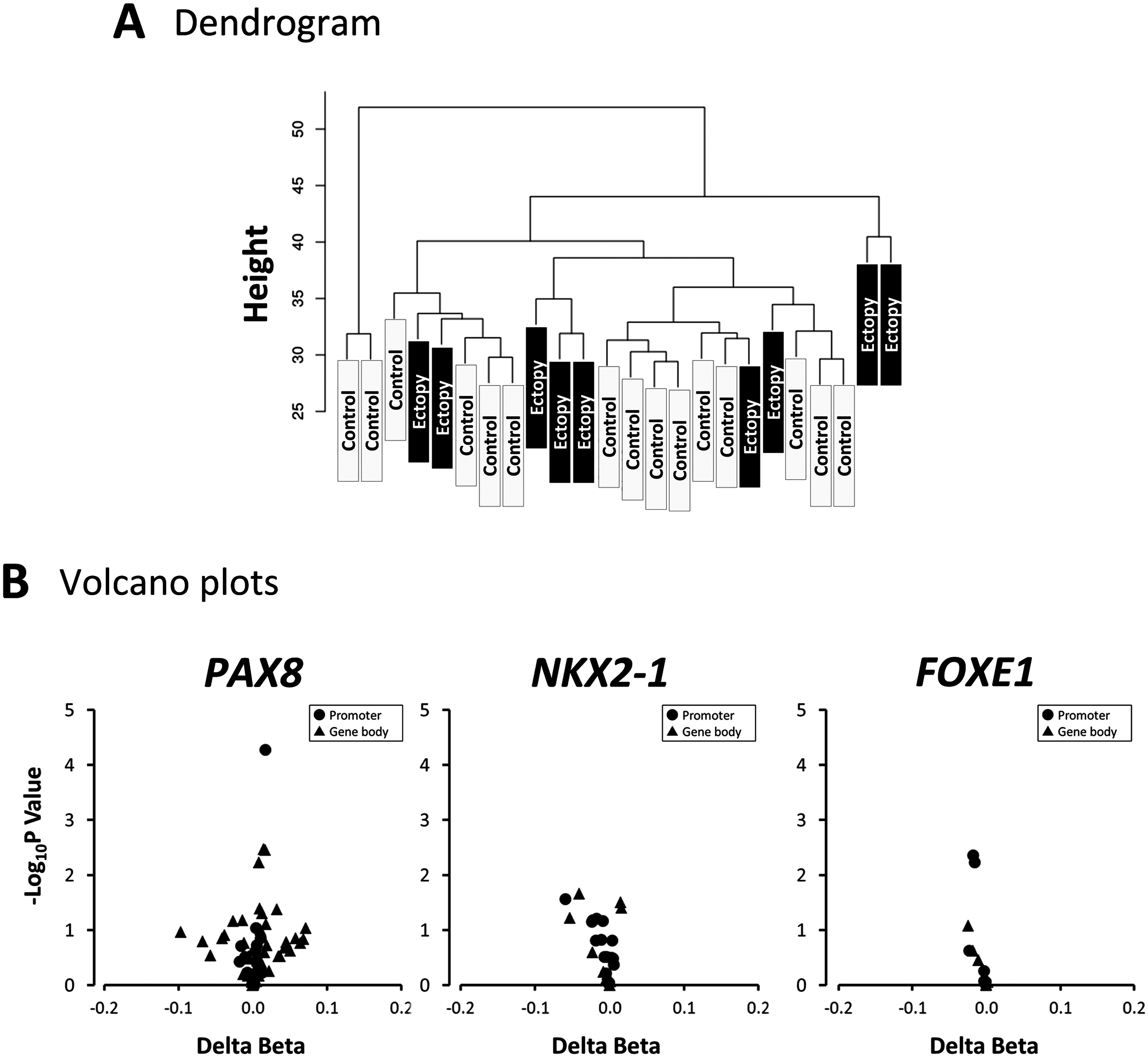
- |<
- <
- 1
- >
- >|
-
Toshihiro Tajima2018 Volume 27 Issue 4 Pages 203-213
Published: 2018
Released on J-STAGE: October 30, 2018
JOURNAL OPEN ACCESSTwenty-one-hydroxylase deficiency (21-OHD) is one of the most common forms of congenital adrenal hyperplasias. Since the disease requires life-long steroid hormone replacement, transition from pediatric clinical care to adolescent and adult care is necessary. Recently, several studies have shown that morbidity and quality of life in adolescent and adult patients with 21-OHD are impaired by obesity, hypertension, diabetes mellitus, impaired glucose tolerance, dyslipidemia, and osteoporosis. In addition, excess adrenal androgen impairs fertility in both females and males. This mini review discusses the current health problems in adolescent and adult patients with 21-OHD and ways to prevent them.
 View full abstractDownload PDF (700K)
View full abstractDownload PDF (700K)
-
Keisuke Yoshii, Toshiaki Tanaka2018 Volume 27 Issue 4 Pages 215-224
Published: 2018
Released on J-STAGE: October 30, 2018
JOURNAL OPEN ACCESS
Supplementary materialA standard growth chart is indispensable for evaluating an individual’s growth. In Japan, the cross-sectional growth chart from fiscal year 2000 is most commonly used in the clinical setting. However, when using the current standard growth chart to assess growth during puberty, two problems are encountered. First, the individual pubertal height trajectory does not fit the cross-sectional growth chart because the pubertal height curve of individuals rises more sharply than that indicated by the cross-sectional growth chart. Second, variations in the timing of an individuals’ growth spurt render it difficult or impossible to assess individual growth patterns using a single chart. To address these two issues, new growth charts were established using height measurements of 6744 boys and 6929 girls born between April 1975 and March 1976 in the Akita Prefecture. Individuals whose age at peak height velocity (agePHV) was 2 standard deviation greater or lesser than the mean were excluded, and the remaining participants were divided into three groups according to the first and third quartiles of agePHV. Finally, we established three longitudinal growth charts each for boys and girls based on a healthy Japanese population.
 View full abstractDownload PDF (2224K)
View full abstractDownload PDF (2224K) -
Susumu Yokoya, Toshiaki Tanaka, Kazuo Itabashi, Hisao Osada, Hideaki H ...2018 Volume 27 Issue 4 Pages 225-234
Published: 2018
Released on J-STAGE: October 30, 2018
JOURNAL OPEN ACCESS
Supplementary materialThe efficacy and safety of recombinant human GH (rhGH) treatment were assessed in Japanese children with small-for-gestational-age short stature. A total of 88 patients were enrolled in the comparative and extension studies. At the end of the comparative study (24 mo), the mean height SD score for chronological age had significantly increased in the 0.23 mg/kg/wk and 0.47 mg/kg/wk groups with increments of 0.84 ± 0.42 and 1.50 ± 0.44 SD, respectively. In the extension study, the dose could be increased based on the pre-defined growth criteria. Increments in height SD scores over the 24 to 36 mo period at doses of 0.23 mg/kg/wk, 0.23 to 0.47 mg/kg/wk, and 0.47 mg/kg/wk were 0.25 ± 0.28, 0.46 ± 0.21, and 0.28 ± 0.16 SD, respectively. The growth effect increased following dose escalation even in the low responders in the initial 2-yr treatment at 0.23 mg/kg/wk, indicating the effectiveness of dose escalation in accordance with the Japanese guidelines. rhGH at 0.47 mg/kg/wk provided a greater degree of growth promotion after 24 mo. The safety profile appeared to be tolerable and was similar in all groups. Considering the increased insulin resistance, the recommendations of the regulatory authorities should be followed to minimize the risks of rhGH treatment.
 View full abstractDownload PDF (649K)
View full abstractDownload PDF (649K)
-
Satoshi Narumi, Keiko Matsubara, Tomohiro Ishii, Tomonobu Hasegawa2018 Volume 27 Issue 4 Pages 235-238
Published: 2018
Released on J-STAGE: October 30, 2018
JOURNAL OPEN ACCESSDownload PDF (599K)
- |<
- <
- 1
- >
- >|
